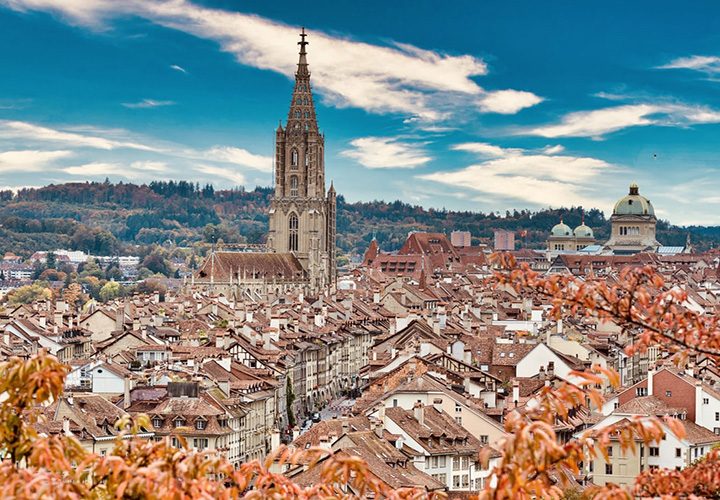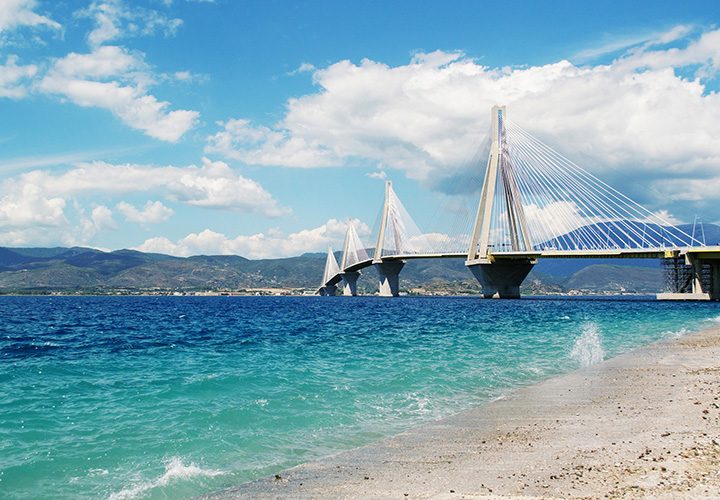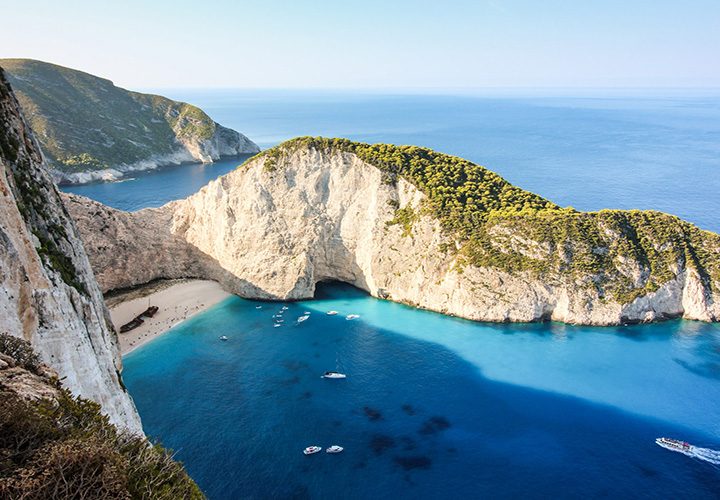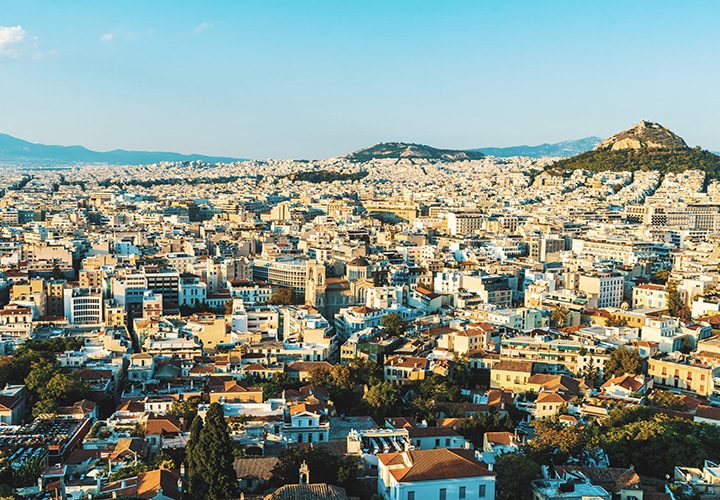Salamanca
A city famed for its university and being a key site for part of Spain’s history, Salamanca lies between Madrid and the Portugal boarder. The old city was declared a UNESCO World Heritage Site in 1988. However, the main residents of the city are students as the university has been one of the most popular in all of Europe for some time. There is a constant mixture of old and new here that needs to be explored.
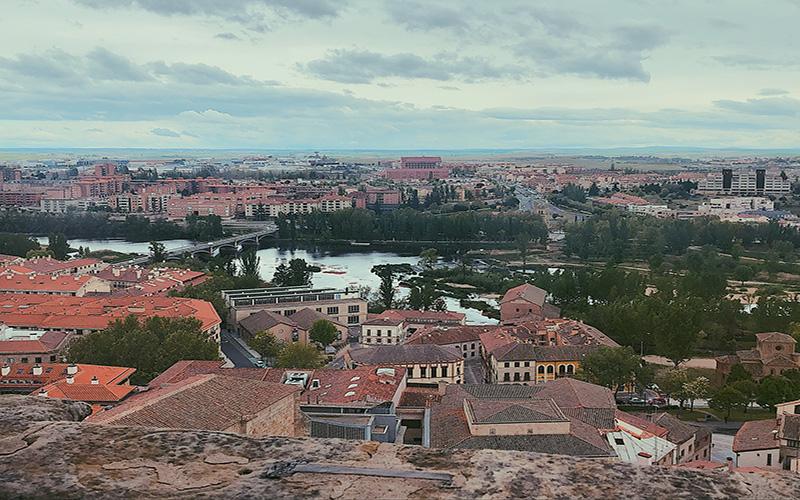
Details
Before visiting any town or city make sure you know the basics. General details and important information.
- Emergency Services: 112
- Language: Spanish
- Currency: Euro
- Country Code: ES
- Travel Visa: None required
- Population: 151.000
Risk Level
Researching various official sources, we perceive the risk to holiday makers and travellers are as follows;
Travellers Tips
Top travel advice and interesting tip bits of information from experienced travellers.
Emergencies
For the Emergency services just dial 112 from any phone.
Hospitals in Salamanca
Hospital Clínico de Salamanca: +34 923 291 634
Hospital Virgen de la Vega: +34 923 29 12 00
Tourist Offices
Salamanca Municipal Tourist Office: +34 902 30 20 02 / + 34 923 27 24 08
Travelling Around
Salamanca has an airport and a train station. Spain has a comprehensive train system that connects its towns and cities very easily. There are also bus services around the city. Salamanca has a particularly safe public transport system, as does most of Spain.
Airports
Salamanca Airport: +34 902 404 704
Train Stations
Salamanca train station: Salamanca Train Station
Salamanca Safety
What are some safety top tips?
Salamanca is a heavily visited city and so there are typical tourist related crimes to watch out for. You are likely to run into scammers here and the most common ones are credit card and ATM scams. Be careful when getting your money out of ATMs, check there are no attachments or hidden cameras. Double check your change and never pay anything upfront. When in doubt, go to official websites and kiosks for buying tickets and any general information.
Be wary of so-called ‘trileros’ playing the “shell game”. Watch from a distance but they will probably rip you off you if you play.
What’s the weather like?
Salamanca is a mid-western Spanish city with a Mediterranean climate. Therefore, it will be warm and sunny most of the time. It has hot summers and chilly winters, with an average of seven days of snow per year. It does not rain often, usually rain falls in the early winter months but not much.
The average summer temperature 22 °C whilst the average winter temperature is 4 °C.
For the most reasonable weather visit in late spring and summer.
Dress and plan accordingly.
What should I be aware of?
You’re unlikely to encounter any violent crime in Salamanca, however personal theft is a known issue. Pickpockets usually operate in crowded areas so be careful of people who bump in to you- they might be distracting you from your wallet. Keep your valuables securely on you and use secure zipped bags. When wearing a bag, cross it over your body so it can’t get snatched off your shoulder.
Take extra care during festivals and evening entertainment. Also, beware of hanging your jacket over a chair in restaurants and cafes. Don’t make your stuff easy to grab. Keeping everything close and in your eyeline is your best bet.
Local Traditions
Every culture has its customs and traditions, they have been handed down the generations and are always held in high regards by the local residents.
Annual Ceremonies
Nochevieja Universitaria (University’s New Years Eve)
Held on the Thursday of the last week of school in December and two weeks before the real New Year’s Eve, this celebration allows students to party with their friends before they go home for the winter. This huge event is famous throughout Europe. Free musical performances are put on in the Plaza Mayor as people congregate and drink whilst preparing for the midnight countdown. Don’t forget your twelve grapes- it is Spanish tradition to eat twelve grapes to bring prosperity for the next twelve months.
Semana Santa de Salamanca (Holy Week)
Celebrated in the week leading up to Easter, Salamanca is renowned for the solemn and sober processions celebrating the Passion of Christ. The parades consist of a guiding cross, penitents, acolytes, pasos and a marching band. Pasos are a wooden sculpture, or group of sculptures, that narrates a scene from the Passion of Christ. They are carried through the streets by porters and some were created by famous artists.
Annual Events
Annual events allow a city come together for some amazing experiences. If visiting at this time, make sure you have your accommodation booked and are always aware of your surroundings when travelling around.
Salamanca Events
Travel just thirty minutes to Ciudad Rodrigo, a quiet medieval city, for the annual Carnaval del Toro. This festival, features a week full of parades, carnival groups, music, and all-night parties in the streets. It is the most famous carnival in the province! This is also the oldest festival of its kind in Spain as it dates back to the years of the Catholic Monarchs. Make sure you are prepared for the main event as, due to the central figure being the bull, you should expect bull fights and even “encierros”- the crazed running of the bulls.
Festival Internacional de las Artes de Castilla y León
This festival celebrates the culture and art of the Castilla and León region by creating a space for local artists to showcase their talents. This is a multidisciplinary festival covering cinema, dance, theatre, children’s theatre, concerts, graffiti, many genres of music, multi-media performances, and more. Performances pop up all over the city during this time be they in concert halls and other venues or simply in the street for anyone to see. The city comes alive and there is something for everyone!
In celebration of one of the cities patron saints, Virgen de la Vega (Our Lady of the Valley), the week begins with a floral offering ceremony to her statue followed by a procession. Now that the formal religious part is done, the city residents have a week of revelry to look forward to. Day and night, the city’s open squares become stages for various traditional and modern concerts and events. The Plaza Mayor is home to around the clock gigs and performances throughout this time- in this festival, it is the ‘main stage’. There is still more to see and do as there are food and drink (especially wine) stalls all over the city selling different specialties from Spain’s widely diverse regions. You can also find costumed artisans selling local goods or attend bullfights later in the day. You are spoiled for choice for Spanish culture and tradition.
Salamanca Highlights
What are the main attractions?
The Salamanca University Quarter
The most monument-laden part of town, full of centuries of history and great prestige. This will be where you take all your pictures and are amongst most of the other tourists. A natural place to start your tour is Salamanca University- the source of Salamanca’s academic prestige. The golden, sandstone façade features a comprehensive expression of Plateresque architecture- lose yourself amongst the tapestry of carvings: medallions, heraldic emblems, floral motifs, mythical heroes, religious scenes… there’s so much to see! The Salamanca University also has a historically and culturally significant inside too. This includes lecture rooms that retain furniture from the days of the Spanish inquisition. Bet you didn’t expect that! The Salamanca University library boasts thousands of antique books and huge globes of the world. Close by to the Salamanca University, you’ll find the cathedral complex made up of the Catedral Nueva (New Cathedral) and the adjoining Catedral Vieja (Old Cathedral). The architecture ranges from Renaissance to Gothic to late Baroque. Be sure to pay attention to the decoration surrounding the massive doors on the Catedral Nueva; every sculptor that comes to restore and upkeep the artwork can add a personal touch. If you look you can find an astronaut and an ice cream cone amongst the otherwise Renaissance and Baroque carvings! Catedral Vieja boasts a huge 53-painting altarpiece from the 15th century and also Europe’s oldest organ. The organ is housed in the Capilla del Obispo Diego de Anaya (Chapel of Bishop Diego de Anaya) and is famed for its intricate Moorish-inspired elements. However the Catedral Vieja’s most well-known feature is its “media naranja” (half orange) dome, called the Torre de Gallo (cock tower) because of the rooster-shaped weathervane perched upon it.
What should I do?
Hiking and Walking
The Salamanca province has a huge range of rural tourism possibilities, due to the striking natural beauty and the extraordinary diversity of its landscape. Therefore, if you’re looking to switch things up and swap the city scene for a trekking or hiking excursion, the options are endless. The region’s many routes, trails, and roads are marked to ensure clarity and your safety, meaning that you can find a route to match your skill set and easily get back again. The Béjar Mountain Range offers a challenging hike that is rewarded with exceptional views whilst other more gentle trails take you through interesting sites, such as Salamanca’s ancient Celtic settlements.
What museums should I visit?
Museo Art Nouveau & Art Decó (Museum of Art Nouveau & Art Deco)
The building, which is filled with stained glass features, housing Castilla y León’s most popular museum was certainly built to reflect the beauty of the art it would showcase. Built at the turn of the 20th century, the museum features a wide range of items: lamps, vases, furniture, bronze statues, porcelain figures, jewellery, paintings, etc. Like the museum building, a lot of the exhibits have a function as well as being aesthetically valuable. The museum showcases political work too: in 2017 there was an exhibit of art created in reaction to, and therefore decrying, war. This featured etchings from the Spanish civil war in the 1800s and photos from the current conflict in Syria. It really shows a museum is worth going to when it can inform you about both the past and the present.Museo Taurino (Bullfighting Museum)
Being Spain’s most prominent bull-breeding territory, with extensive pastures for grazing and exercise, it is unsurprising that Salamanca has a museum dedicated to this quintessentially Spanish sport (or cultural event, as the aficionados prefer to call it). This museum is full of artifacts related to all things bullfighting. Learn about the event, see a historical range of costumes that bullfighters don, discover bullfighting’s important role in Spanish culture represented through its art, and more.


